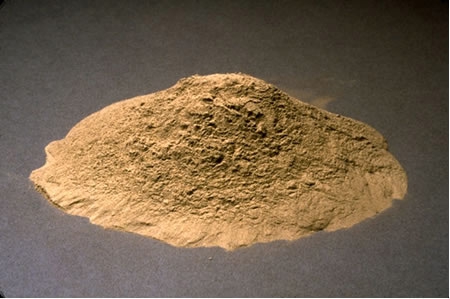
Environmentally conscious homebuyers will be happy to know that a masonry home is a green home. Brick, block and stone are proven to provide energy savings of up to 13% by regulating temperature fluctuations and keeping homes cooler in summer and warmer in winter.
Masonry products maintain healthy air quality because they do not produce volatile organic compounds, and are produced using local, renewable resources, so they can be salvaged and reused! Most of the materials they contain (including clay, limestone, sand, and gravel) are available in virtually inexhaustible supply.
With a lower environmental impact than wood or steel, the energy used in manufacturing is lower than steel and the source of the raw material requires significantly less land (more easily reclaimed land) than forestry or iron ore mines.
Because of the durability of masonry and masonry structures, masonry buildings are often ideal candidates for building reuse. Masonry also compares favourably with Life Cycle Analysis (LCA) that includes materials, construction and energy consumption.
The mass of brick, block, natural and manufactured stone can provide thermal storage (also known as thermal mass) that can moderate a building’s temperature. Masonry can store heat energy and slowly release it, keeping the building cooler during the day and warmer at night.
Being modular in nature, and small in size, masonry products are less prone to waste. Designers can maintain the rigour of modular dimensions, reducing cutting of units on site. Plus, any remaining waste on a construction site can be crushed and used as landscaping.
Many concrete block manufacturers use fly ash and slag as a portion of their cement in their products. These products reduce the quantity of cement and thus reduce.
CO2 emissions and increase the amount of recycled content. In addition, quantities of recycled aggregate can be used in some products. For clay brick manufacturers, any waste unfired (green) brick is fed back into the raw material feed. At some plants, the fired brick (grog) is ground and is also used as raw material feed for brick making.
Because of the large number of manufacturers, most cities are within 800 km of a brick or block plant and these materials will help contribute towards the regional material credit.
The clay brick industry adheres to strict operating principles which ensure the choices of future generations are not compromised by activities of the current one.
Quarries do impact the environment to a certain extent, but it is limited to the area of the quarry and is very controlled. The benefits of the quarry are significant. For example, a 200 acre quarry will be able to provide sufficient brick to clad approximately 10000 houses (1.2 million square metre of wall area annually) or a total of around 500000 houses over the life of the quarry. By contrast, one would need approximately 12000 acres of farmland to produce enough straw bales to cover the same wall area.
See article The Sustainability of Masonry in Construction Today for more information.

“Fly ash is one of the residues generated in combustion, and comprises the fine particles that rise with the flue gases.”